Covariation and phenotypic integration in chemical communication displays ($)
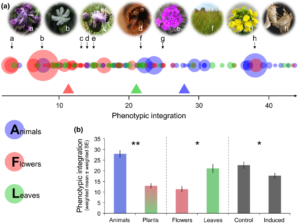 Humans aren’t very sophisticated at reading chemical communication cues. Towards deciphering the information content of complex chemical mixtures produced by plants and animals, Junker et al. ask to what extent chemical communication displays (CCDs) are replicated between samples and individuals. The first finding is that covariation (similarity in the blends) is higher in samples produced by animals to communicate within their own species (e.g., pheromones) than those produced by plants to communicate with one or more other species (e.g., attractant and alarm cues). This suggests that in plant displays, much of the crucial information is conveyed by the presence of one or a few compounds, whereas in animal displays information is conveyed by ratios between multiple compounds. Furthermore, biosynthetically-related compounds are over-represented in plant displays, suggesting that some compounds may simply be by-products of the production of the important information cue. New Phytol. 10.1111/nph.14505
Humans aren’t very sophisticated at reading chemical communication cues. Towards deciphering the information content of complex chemical mixtures produced by plants and animals, Junker et al. ask to what extent chemical communication displays (CCDs) are replicated between samples and individuals. The first finding is that covariation (similarity in the blends) is higher in samples produced by animals to communicate within their own species (e.g., pheromones) than those produced by plants to communicate with one or more other species (e.g., attractant and alarm cues). This suggests that in plant displays, much of the crucial information is conveyed by the presence of one or a few compounds, whereas in animal displays information is conveyed by ratios between multiple compounds. Furthermore, biosynthetically-related compounds are over-represented in plant displays, suggesting that some compounds may simply be by-products of the production of the important information cue. New Phytol. 10.1111/nph.14505


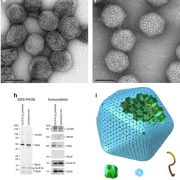

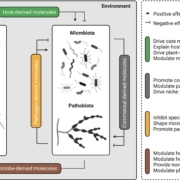
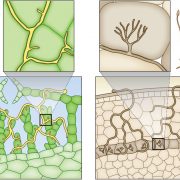
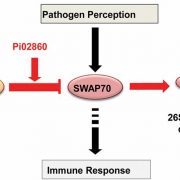



Leave a Reply
Want to join the discussion?Feel free to contribute!